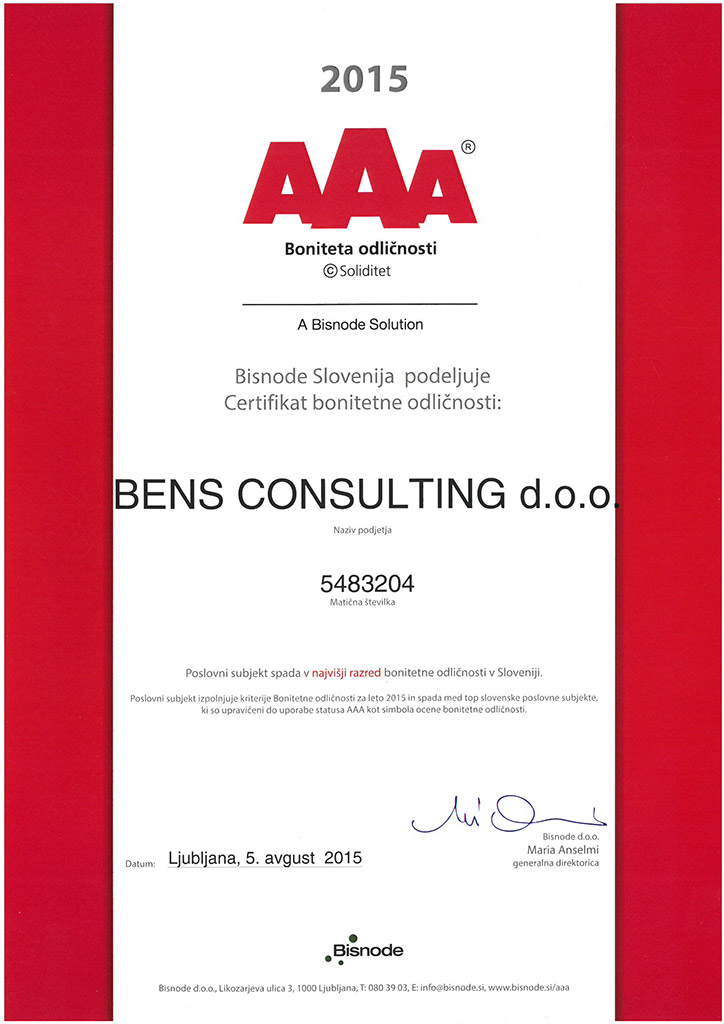We are repeatedly asked what are the so-called ATPs to the CLP Regulation. ATP stands for "Amendment to technical progress" - to adapt the Regulation to technical and scientific progress.
Here is a list arranged in chronological order (at the top are those that entered into force first):
- COMMISSION REGULATION (EU) 2016/1179 – ATP 9 - applies from 1 March 2018
- COMMISSION REGULATION (EU) 2017/776 – ATP 10 - applies from 1 December 2018
- COMMISSION REGULATION (EU) 2018/669 – ATP 11 - applies from 1 December 2019
- COMMISSION REGULATION (EU) 2018/1480 – ATP 13 - applies from 1 May 2020
- COMMISSION REGULATION (EU) 2019/521 – ATP 12 – applies from 17 October 2020; more about these amendments and what they mean for you here
- COMMISSION DELEGATED REGULATION (EU) 2021/643 – ATP 16 - applies from 10 May 2021
- COMMISSION DELEGATED REGULATION (EU) 2020/217 – ATP 14 - applies from 1 October 2021
- COMMISSION DELEGATED REGULATION (EU) 2020/1182 – ATP 15 - applies from 1 March 2022
- COMMISSION DELEGATED REGULATION (EU) 2021/849 – ATP 17 - applies from 17 December 2022.
The European Chemicals Agency (ECHA) has prepared Excel spreadsheets containing updates to the harmonized classification and labelling of hazardous substances. These updates are available in Table 3 of Annex VI to CLP:
- Annex VI to CLP ATP09
- Annex VI to CLP ATP10
- Annex VI to CLP ATP13
- Annex VI to CLP ATP14
- Annex VI to CLP ATP15
(Click on the links above to access the English version of the documents). I would like to point out that the only legally binding classifications are those in the above-mentioned regulations. ECHA lists are an unofficial source and I, therefore, advise caution when reading these.
So, what do all these ATP tables and dates mean?
Three things.
First, the information or updates to the tables need to be reviewed. Second, you need to determine if these amendments apply to you and your products. Third, by the above deadline (e.g., the 12th ATP had to be harmonized by 17 October 2020), the Safety Data Sheets (SDSs) and labels need to be harmonized with these amendments (if you found in the second step that these amendments affect your products).
Let's look at a concrete example. What, for example, did the amendment to the CLP Regulation (12th ATP) mean in practice?
If you are a supplier of a mixture or substance, it was most important that you then requested new SDSs from your suppliers or manufacturers. After receiving these, you checked to see if anything has changed since the last version (classification or labelling).
From 17 October 2020, all products for which this was required had to be labelled and classified according to the CLP criteria amended by the 12th ATP.
If you are on the other hand a formulator of mixtures, our advice was to also request SDSs for your raw materials, which must be classified according to the 12th ATP. However, if the resulting SDSs have been updated, you still had to check the classifications of your products.
If the classification of the products changed, you had to update the SDSs for these products and re-label them accordingly.
You should repeat this process with each ATP amendment if you do not want to have problems with inspections. Therefore, regular monitoring of chemical legislation and timely and appropriate action is essential.
However, if you do not have the necessary time and energy to do so, you can still leave the SDSs to us and we will take care of this for you. All it takes is one short e-mail and we will help you.






 Back to posts
Back to posts

